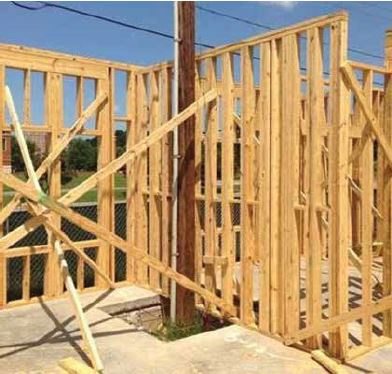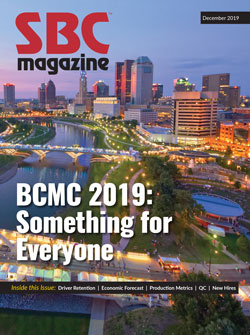Will You Pay for Construction Issues that Aren’t Your Fault?
Will You Pay for Construction Issues that Aren’t Your Fault?
BCMC Session: Construction Defect Litigation: What You Can Do to Better Protect Yourself!
Kent Pagel, Pagel, Davis & Hill, P.C.
“Construction defect litigation lawsuits are on the rise and it’s not great news for anyone in the construction industry,” says SBCA Legal Counsel Kent Pagel, president of Pagel, Davis & Hill.

The legal definition of a construction defect (CD) provides a lot of leeway for filing lawsuits: Failure of a building or building component to be erected in a workmanlike manner, or to perform as intended (by contractor or manufacturer), or as reasonably expected by buyer, and which causes damage.
The crux of the problem is that when something goes wrong with a building, it’s not always crystal clear who is singularly at fault for the defect. Hence, the plaintiff’s lawyers are able to pull a lot of entities into the lawsuit as defendants.
“The goal of any plaintiff attorney is to bring in as many parties as possible and pool the settlement funds for the biggest payout,” says Kent. In reality, they are trying to get as many insurance companies as possible involved in the settlement payout and banking on them favoring the cost of a settlement over dragging it through a trial.
One of the biggest hassles with CD lawsuits is that the actual “loss” date is many times indeterminate, meaning it’s hard to tell exactly when the defect occurred. Further, 40 percent of CD claims are filed in the first four years of a building’s life, whereas 90 percent occur within 13 years. Pagel points out that after 13 years, it is possible that some of the contractors involved in the project are no longer in business. That puts even more of a focus on defendants like CMs, who have physical plants, physical assets, and insurance coverage.
So how do CMs defend themselves in CD litigation? “It all starts with good, experienced counsel,” says Kent. “Make sure your insurance carrier hires a lawyer who understands both construction and truss manufacturing so they can effectively represent you.” It’s also important to have experienced and credible experts who can protect the CMs scope of work on a project and draw a line in court as to what the CM is responsible for versus what isn’t their fault.
Customer contract language is also vitally important. “Make sure you understand all the contractual obligations you have with not only all your customers but all your suppliers as well,” cautions Kent. He warns that many builders, GCs, framers, and even lumber companies will have contracts that include indemnity and hold harmless clauses that leave the CM accepting responsibility for work that goes beyond the scope of work of the CM. Worse, not only do they ask CMs to accept responsibility, their contracts may stipulate that CMs need to defend those other companies in the case of a lawsuit!
If you want to know more about CD litigation, limiting liability through customer contracts, and other risk management best practices specific to the component manufacturing industry, check out SBCA’s ORisk program and listen to Kent’s many archived SBCA webinars (sbcindustry.com/webinars).

